SNVA941A June 2020 – November 2022 LM5156 , LM5156-Q1 , LM51561 , LM51561-Q1 , LM51561H , LM51561H-Q1 , LM5156H , LM5156H-Q1
- How to Design a Boost Converter Using the LM5156
- 1LM5156 Design Example
- 2Example Application
-
3Calculations and Component Selection
- 3.1 Switching Frequency
- 3.2 Inductor Calculation
- 3.3 Current Sense Resistor Calculation
- 3.4 Inductor Selection
- 3.5 Diode Selection
- 3.6 MOSFET Selection
- 3.7 Output Capacitor Selection
- 3.8 Input Capacitor Selection
- 3.9 UVLO Resistor Selection
- 3.10 Soft-Start Capacitor Selection.
- 3.11 Feedback Resistor Selection
- 3.12 Control Loop Compensation
- 3.13 Efficiency Estimation
- 4Component Selection Summary
- 5Small-Signal Frequency Analysis
- 6Revision History
4 Component Selection Summary
See the LM5156EVM-BST User's Guide for more testing results.
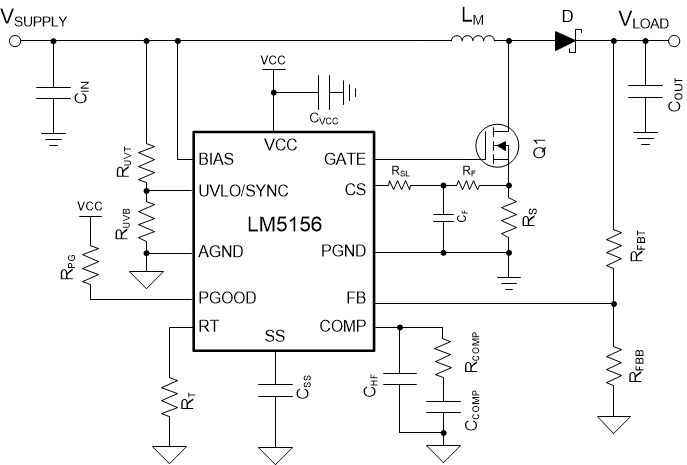 Figure 4-1 Application Circuit
Figure 4-1 Application Circuit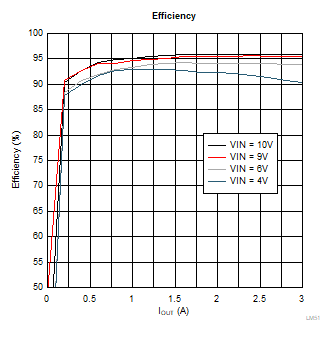 Figure 4-2 Efficiency vs
IOUT
Figure 4-2 Efficiency vs
IOUT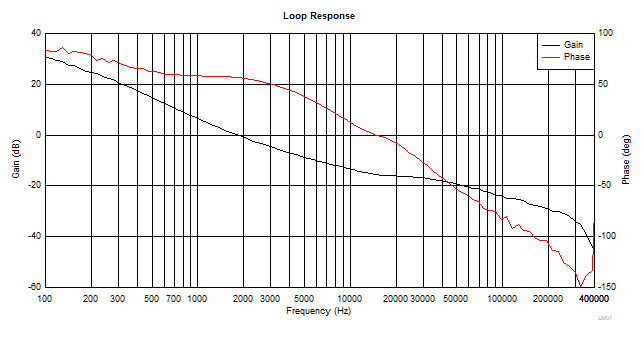 Figure 4-3 Control Loop Response
VSUPPLY = 4 V, ILOAD = 3 A
Figure 4-3 Control Loop Response
VSUPPLY = 4 V, ILOAD = 3 A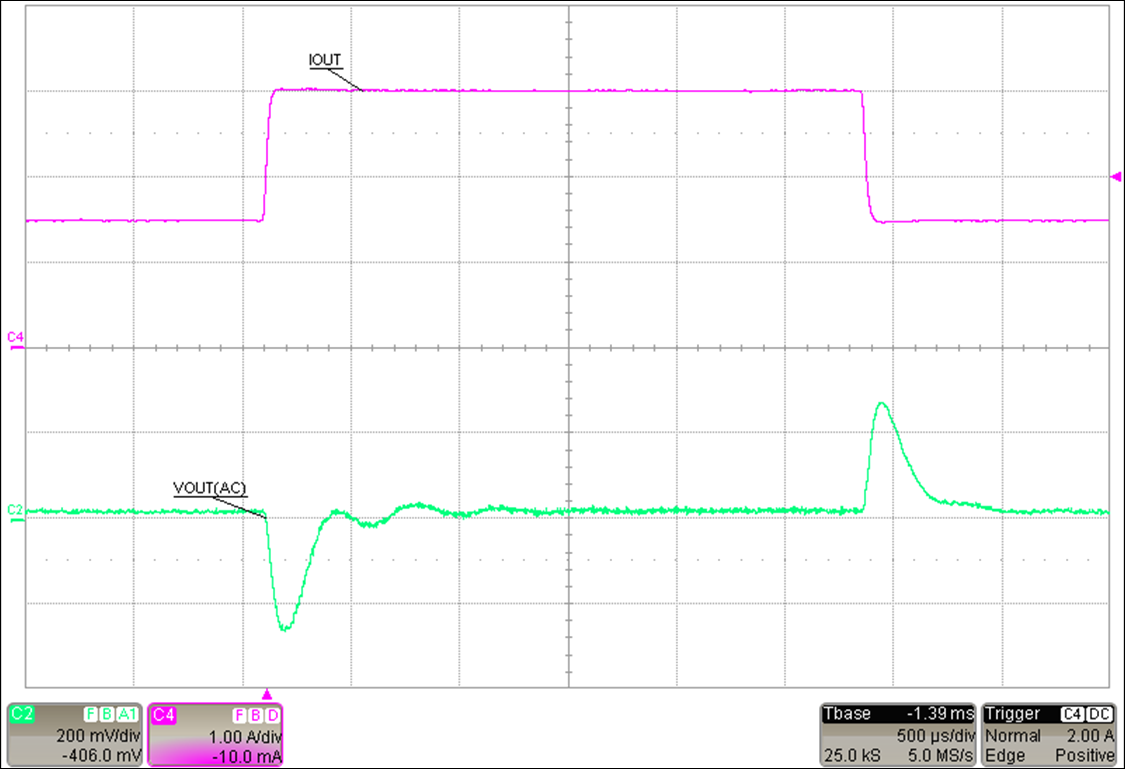 Figure 4-4 Load Step:
ILOAD1.5 A to 3 A, VSUPPLY = 4 V
Figure 4-4 Load Step:
ILOAD1.5 A to 3 A, VSUPPLY = 4 V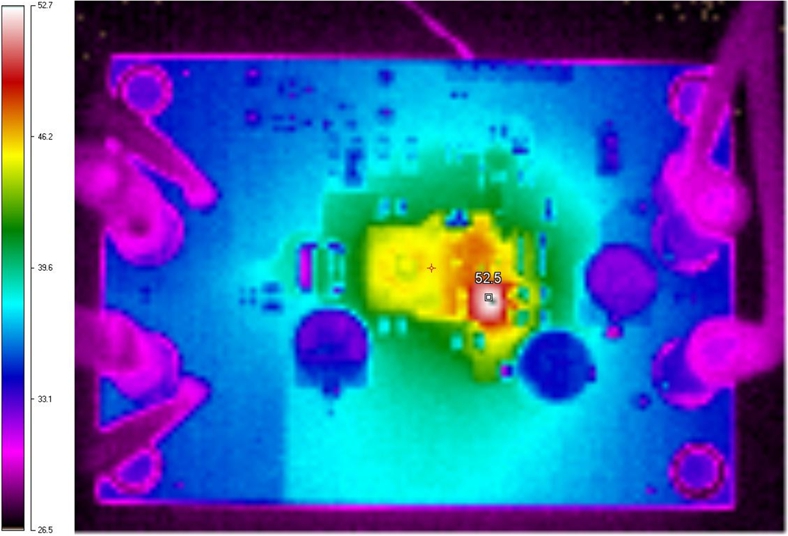 Figure 4-5 Thermal Image: VSUPPLY = 4 V, ILOAD = 3
A
Figure 4-5 Thermal Image: VSUPPLY = 4 V, ILOAD = 3
A